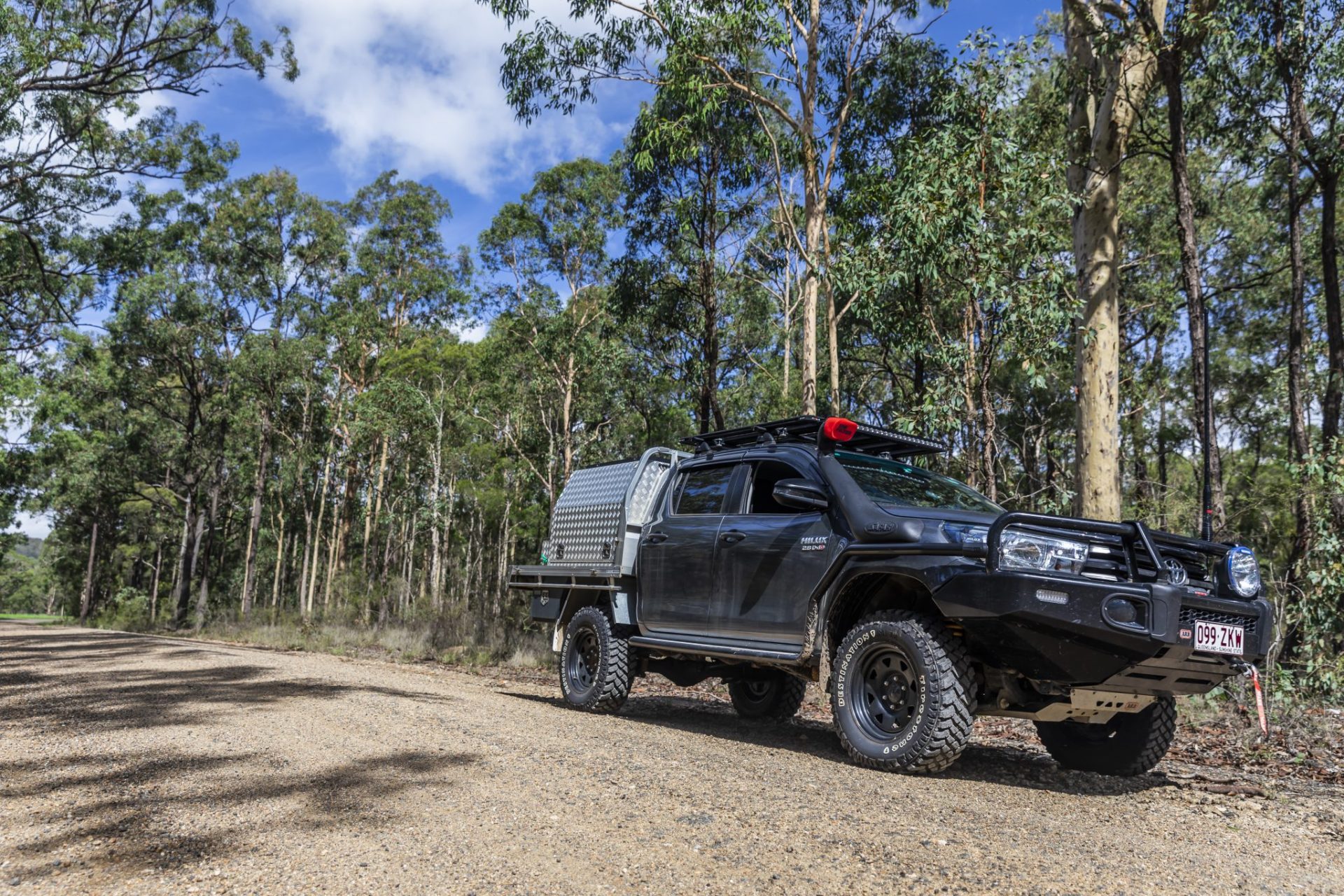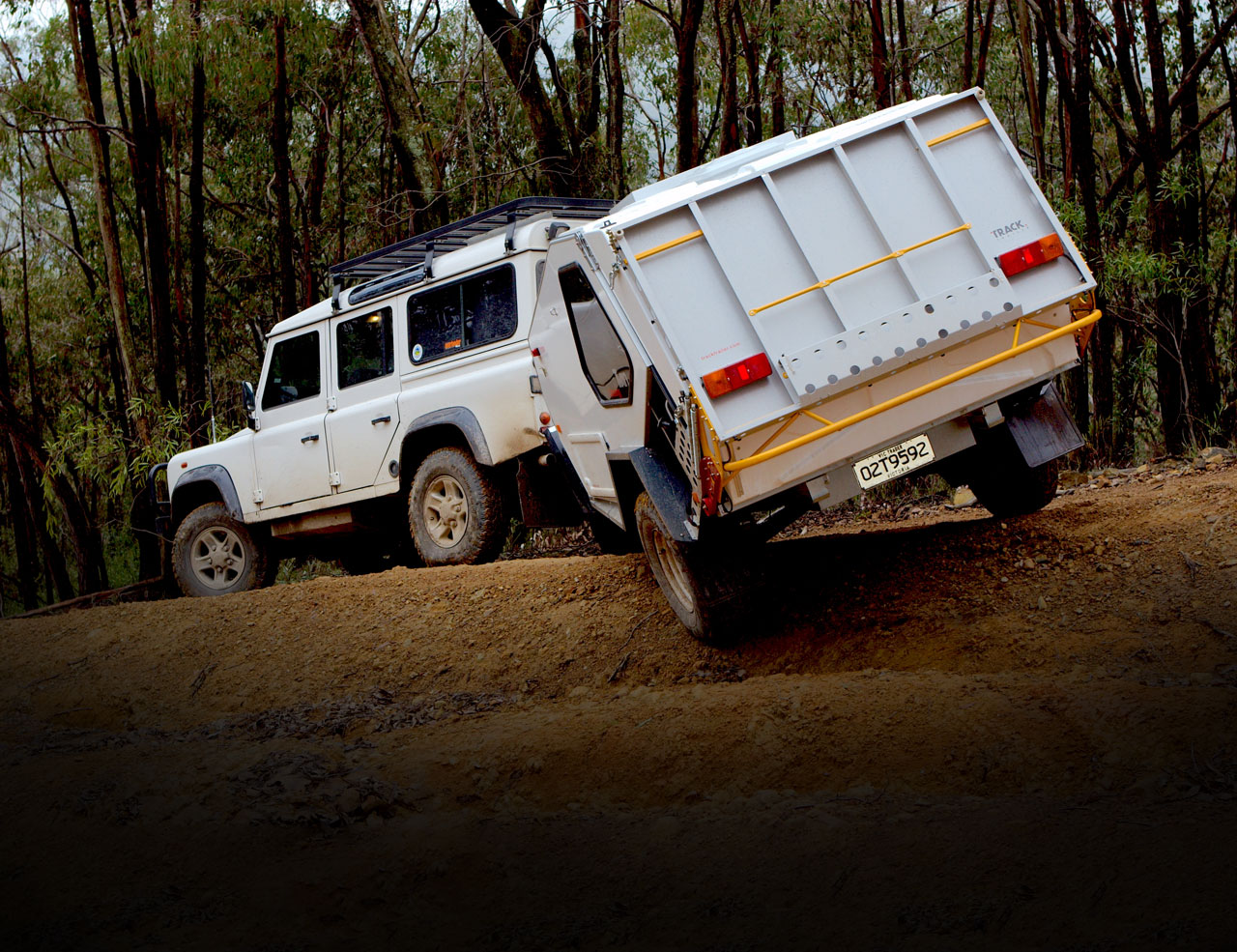Some swear by them, others reckon they’re restrictive and too easily blocked. So, should you fit a snorkel sock on your 4X4?
We all know the benefits of fitting a snorkel on your 4X4; clean air, improved water fording and so on. And we all know the importance of fitting quality filters on our 4X4s. Snorkel socks aren’t new and there are plenty of people who run them, especially those living in dusty areas or areas with bug problems (think locusts), but just what is a snorkel sock and is it a good idea to fit one on your 4X4? Read on.
What is a snorkel sock?
A snorkel sock is exactly what it says on the tin. A sock that goes over the head of your snorkel (there are some that sit inside the snorkel too), with the intention of catching some of the debris that would typically make its way down your snorkel, and into your airbox. It’ll pick up block out debris like leaves and twigs, all the way down to the bigger dust particles that you’ll get from being too close in convoy on a dusty dirt road. Sounds good so far, right?
What are they worth?
A snorkel sock will cost you around $25 for a decent quality over-the-ram-head job (that’s all we paid for the one used in the images on this article). The internal ones are a touch more, up to $75 depending on the model and brand. So they’re a relatively cheap bit of kit, primarily as they’re marketed as being washable (and thus reusable).
Does it actually catch ‘a lot’ of dust?
Absolutely they do to the point that they work maybe a little too well. Wait? What? Let’s say you’re heading up the Oodnadatta track with a convoy of mates, and you sitting too close and suck up dust into your intake kilometre after kilometre. The sock will catch a hell of a lot of that dust, especially if it’s of the ‘oily’ variety. Depending on how close you’re sitting to the ass-end of the four-wheel drive in front, will vary how quickly your sock will fill up and begin limiting airflow.
Speaking personally, I’ve had one chock up full of dust, stop flowing air, and get torn through my ram-head within 45 minutes of driving. Yep, I was way too close to the 4X4 in front, but lesson learned. Where this becomes a problem is that if you’re a little less enthusiastic about getting to your destination than I am, and say it takes four hours for yours to fill up, how many are you going to need spare, and how many will you need to wash every night at camp? That’s not to mention that if you’re a little over-zealous with how much petrol you use to wash it out, or how quickly you throw it back over the snorkel head and, well, diesels don’t like sucking in petrol fumes.
Insofar as cleaning the snorkel sock is concerned, as per the UniFilter cleaning and oiling instructions, you need to clean the filter with mineral turpentine or Unifilters own cleaner, and then re-oil with Unifilter’s Filter Fix oil, which can be bought separately.
Can you run them permanently?
Nope, a snorkel sock should not be a permanent fixture on your snorkel. The reason for this is that like anything you leave in the sun and weather; it’ll deteriorate. Being a rubberised foam, the UV rays and water will kill it rather quickly. So if you’re set on running one, because it looks shiny (and don’t get me wrong, that’s the main reason why I used to run one), it’ll fall apart quickly, and get sucked down into your air-filter and start blocking it up with bits of foam. They do also increase fuel consumption and put a touch more strain on your turbo and engine due to reducing airflow. And this increases as they begin to fill up with dust.
Do you really need one?
This is the big question. The short answer is, no. And that’s because your factory air-filter will catch everything the sock will (and more), while still having a much greater surface area for the dust it catches to sit in, slowing down how quickly it’ll clog up and thus not reducing any airflow (or, reducing it more slowly). The other answer as to why you don’t really need one is that if you are heading across the Oodnadatta track in convoy, back off enough to get out of the dust. It’s a hell of a lot safer, you’ll see more of the road as you’re driving, and you won’t get nearly as much dust into your intake.
The other side of that, is if you’re making a short trip, and know it’s going to be proper dusty, and you can’t get away without driving in someone’s dust, and you understand all the hassles that the snorkel socks have, then, by all means, use one (Toyota owners pay attention!). They’re also magic for stopping big debris getting down your intake. Think bugs, locusts, crickets, and whatnot, but then we’ve heard of some people living out west having to deal with locust simply clamping fly screen over the top of the snorkel to keep out the bugs.
Is there a better option?
If you’re absolutely keen to keep dust out of your intake, come hell or high water, there is a better option, however, doesn’t look nearly as cool, and will probably make you look like a bit of a Gumby. Old school cyclonic pre-cleaners instead of a ram-head are a great option if you can deal with your rig looking very ‘Grandpa Spec’. These work by making the air flowing into the top of your snorkel spin as it comes in and the centrifugal forces of the spinning air will push the dust to the outside of the pre-filter, while most of the clean air will end up heading down your snorkel. Whatever debris gets through there, will get picked up by your factory air filter.
Stay tuned for our dyno-based test comparing non-, clean and dirty snorkel socks.











